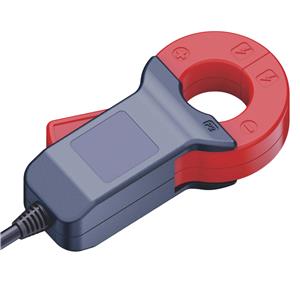Shunt Resistors
In the realm of modern electronics engineering, shunt resistors serve as a fundamental and crucial component in circuits, playing an indispensable role in power measurement, temperature compensation, power management, and various signal conditioning systems. This article aims to delve into the definition, function, applications, and latest research trends of shunt resistors to provide readers with a comprehensive understanding.

Definition and Operation Principle of Shunt Resistors
As the name suggests, shunt resistors are used to divert a portion of current from the main path (such as the current or voltage source in a circuit) to a smaller branch (such as a measurement loop or protective circuit), without significantly affecting the current flow in the main circuit. Their operation is based on Ohm's Law: voltage equals current multiplied by resistance (V=IR). When current passes through a shunt resistor, it causes voltage drop, allowing a portion of the current to be monitored or utilized, without altering the primary circuit's operation.
Application Scenarios
1. Power Measurement: In power systems, shunt resistors are employed for precise current measurement. For instance, by reducing high current currents to levels that can be accurately measured by microamperemeters or milliamperemeters, it enables the precise monitoring and analysis of large currents.
2. Temperature Compensation: In electronic devices, performance varies with temperature changes. Shunt resistors are utilized to detect and compensate for such variations, ensuring stable device operation.
3. Power Management: In battery management systems, shunt resistors are used to monitor battery currents, helping to manage charging and discharging processes, thereby prolonging battery life.
4. Signal Conditioning: In various sensor systems, shunt resistors are used to adjust signal strength, making it suitable for subsequent circuit processing.
Latest Research Trends
Recent advancements in the field have showcased several key directions:
1. New Material Applications: Exploration of materials like carbon nanotubes, graphene, etc., for high-efficiency and low-loss shunt resistors to enhance circuit performance.
2. Intelligent Adaptive Systems: Development of self-adjusting shunt resistors capable of automatically optimizing parameter settings according to the actual application scenario, enhancing system efficiency and responsiveness.
3. Miniaturization and Integration: With advances in microelectronics technology, research is being conducted to integrate shunt resistors with other circuit components on the same chip to reduce size, lower power consumption, and improve reliability.
4. Thermal Management: Considering requirements in high-temperature environments, studies are focusing on designing shunt resistors with enhanced thermal performance to prevent overheating-induced performance degradation.
Conclusion
Shunt resistors, as basic circuit elements, hold significant importance across a multitude of applications. With the advent of new technologies, materials, and processes, the design and application of shunt resistors will become more intelligent, efficient, and miniaturized, catering to the growing demands of electronic devices and systems. Continuous research in this field not only enhances the performance of existing technologies but also paves the way for the future development of electronic devices towards miniaturization, integration, and multifunctionality.




